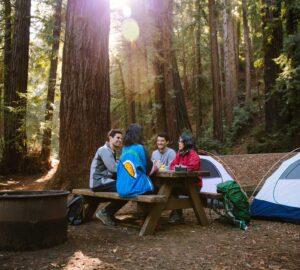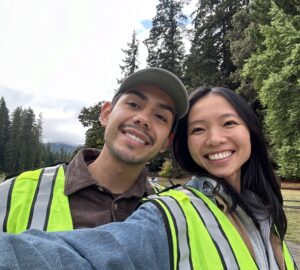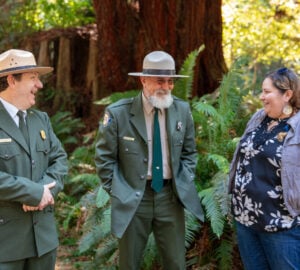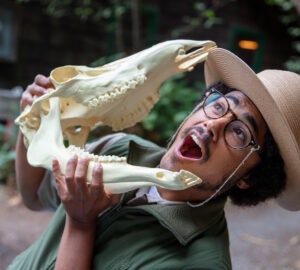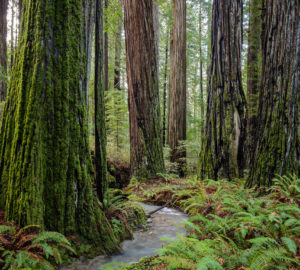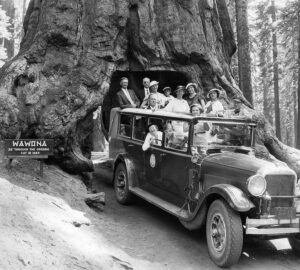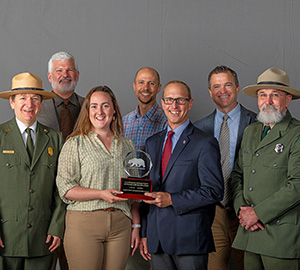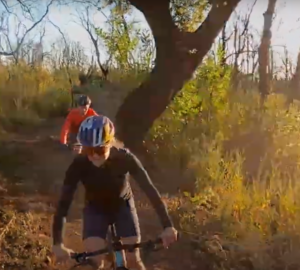Working for Save the Redwoods League is an honor in many ways. We are able to serve our nearly 20,000 members, honor the League’s nearly 100-year history, seek to benefit one of the world’s iconic species and, occasionally, work hand-in-hand with conservation colleagues from another part of the planet. I had that opportunity with some of my family on a recent visit to Chile.
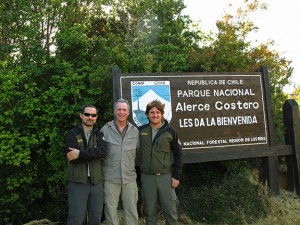
Joanne and I traveled south to visit our daughter who is teaching English in Santiago. One highlight was to hike the “W” in Patagonia’s Torres del Paine National Park, which is a “sister park” to California’s Yosemite National Park. Another highlight was to visit Parque Nacional Alerce Costero, which is soon to be the “sister park” to California’s Redwood National and State Parks (RNSP).
International “sister parks” must have a similarity of protected resources andecosystems or a mutual interest in a common set of park management issues. That certainly applies to Parque Nacional Alerce Costero and RNSP. As Ruskin wrote in these pages two months ago, “The parallels with Redwood National Park are remarkable – both protect temperate rainforest and wild coastlines, both were established with a combination of existing public land and former industrial timberland, and both have restoration needs and are an important part of their local rural economies.”
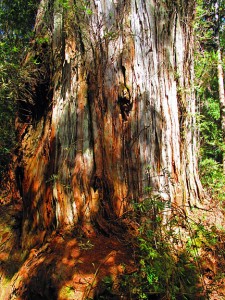
I first met the Alerce Costero staff when they visited RNSP in September. League staff were invited to help host our Chilean colleagues. While visiting the redwoods, we compared park operation and management methods, remarked on the similarities between our redwoods (Sequoia sempervirens) and Chile’s Alerce (Fitzroya cupressoide) and contrasted the very different levels of financial resources available to our respective parks.
Two weeks ago, we were able to continue the conversation and strengthen the relationship in NP Alerce Costero. With our daughter’s able assistance in translating, the wide-ranging conversation included forest restoration, local employment, developing tourism, protecting local water sources and collaboration with conservation NGOs including The Nature Conservancy (TNC), which donated a significant portion of NP Alerce Costero to the Chilean government for the park.
TNC also owns the adjacent Valdivian Coastal Reserve, which is even larger than NP Alerce Costero. We spent an afternoon touring the Reserve and learning about TNC’s local initiatives: its extraordinary restoration work on the Reserve, its carbon offset project, and its donation of water rights to one of the local communities. I was also able to snap the photo above of a gnarly Alerce, reported to be some 2,500 years old.
Thank you Patricio, Oscar, Jose and the rest of your colleagues for your extraordinary hospitality. We look forward to continuing to share, collaborate, and strengthen the friendships.
To learn more about the Alerce, read our “Redwood Relatives South of the Equator” blog post!
*Credit for this post’s title goes to B.M. Hoyle, who made this comment on Ruskin’s blog post “80 Degrees of Separation.”

